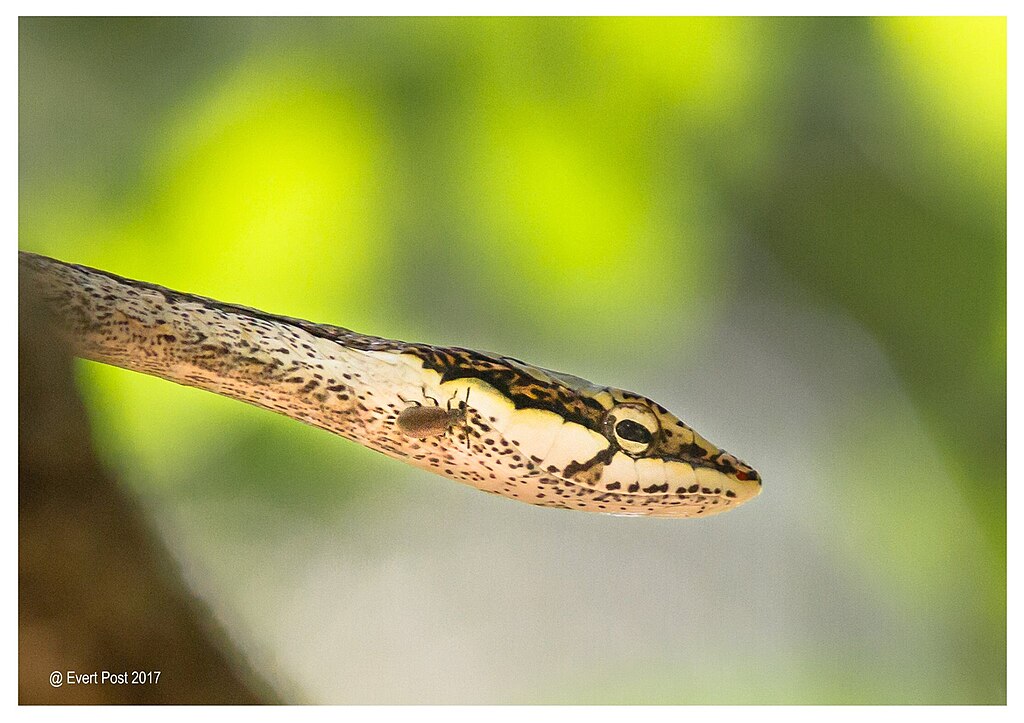Snakes, like all animals, require proper hydration to maintain optimal health. As reptiles, they have specific hydration needs that differ from mammals, making it crucial for snake owners and wildlife enthusiasts to recognize the signs of dehydration. Unlike mammals that might show obvious signs such as excessive panting or dry mouth, snakes display more subtle indicators of dehydration that require careful observation. Identifying dehydration early can prevent serious health complications and potentially save your serpentine companion’s life. This comprehensive guide will walk you through the various signs of dehydration in snakes, helping you become more attuned to your reptile’s hydration status and overall well-being.
Understanding Normal Snake Hydration

A properly hydrated snake displays specific physical characteristics that indicate good health. The skin should appear smooth, supple, and somewhat glossy, with scales lying flat against the body without any wrinkling or folding. Well-hydrated snakes typically have clear, bright eyes that are free from sunken appearance or excessive dullness. Their movements should be fluid and purposeful, demonstrating good muscle tone and energy levels appropriate for their species. Understanding these baseline characteristics is essential because it provides the comparative foundation needed to identify when something isn’t right with your snake’s hydration status.
Wrinkled or Loose Skin
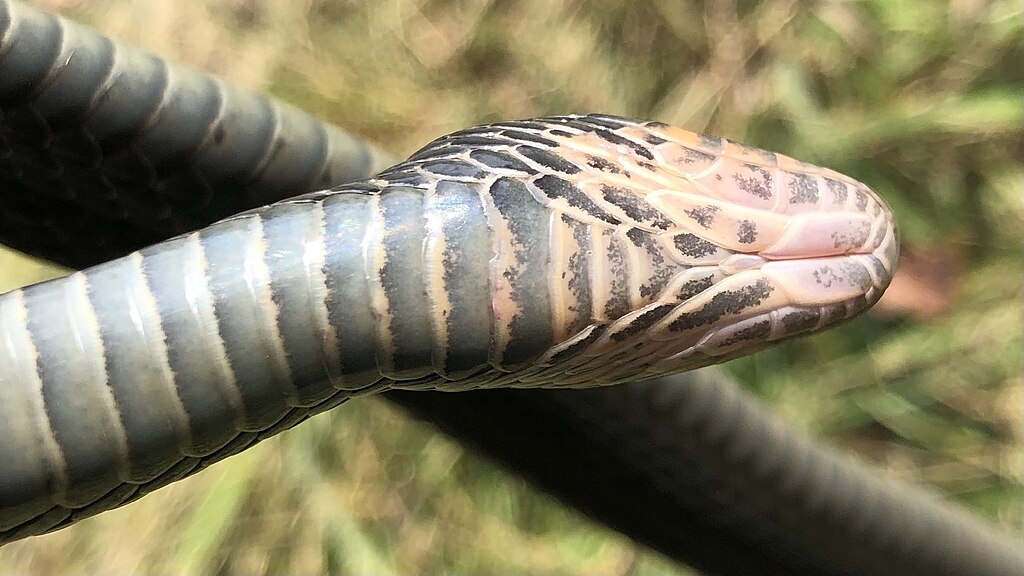
One of the most noticeable signs of dehydration in snakes is the appearance of wrinkled or loose skin between scales. Unlike the normal process of shedding where the entire skin becomes dull before sloughing off, dehydration causes irregular wrinkling that doesn’t follow the typical shedding pattern. If you gently pinch a small fold of skin and it doesn’t immediately return to its normal position, this “tenting” effect strongly suggests dehydration. In severe cases, the snake’s entire body may appear shrunken or deflated, with pronounced skin folds particularly visible along the sides of the body. This symptom occurs because dehydration reduces the fluid content in the skin tissues, diminishing the normal plumpness that keeps skin taut.
Sunken Eyes
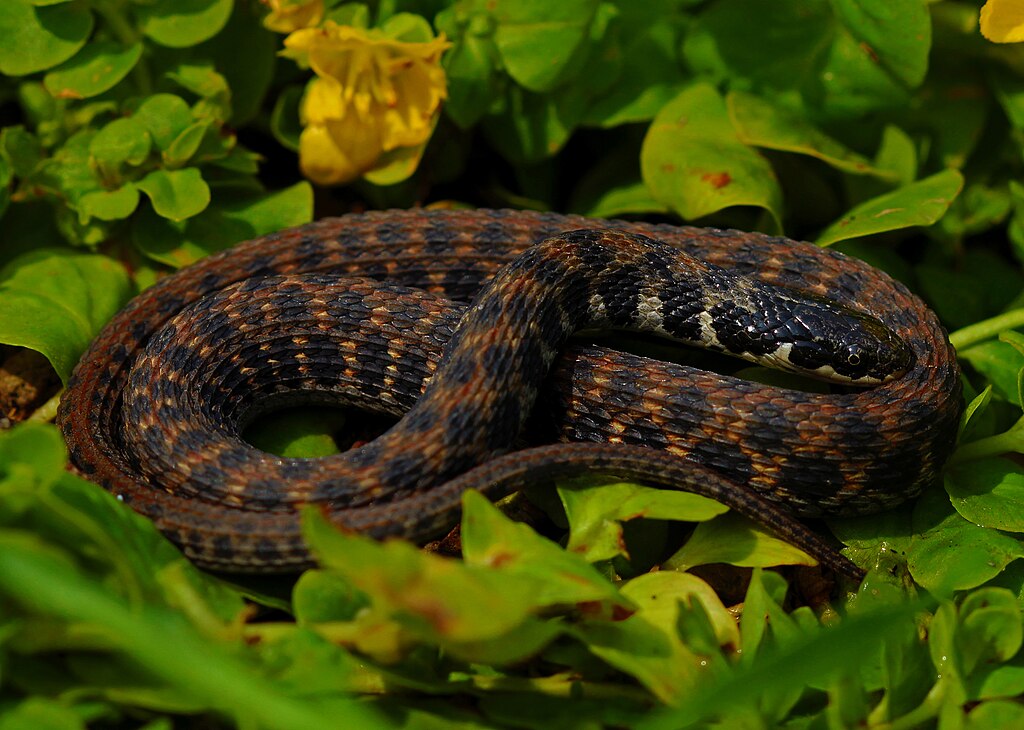
Healthy snakes have eyes that appear bright and slightly protrude from their sockets, giving them an alert and attentive appearance. When dehydration sets in, the eyes may become noticeably sunken or recessed into the head, creating shadows around the orbital area. This occurs because the fluid that normally maintains pressure in the eye socket diminishes, allowing the eyeball to retreat deeper into the skull. In addition to appearing sunken, the eyes might lose their luster and clarity, taking on a dull or cloudy appearance that isn’t associated with normal pre-shedding conditions. Sunken eyes are particularly concerning as they often indicate moderate to severe dehydration that requires prompt attention.
Decreased Activity and Lethargy

A dehydrated snake typically shows a marked decrease in its normal activity level and responsiveness. While snakes naturally have periods of rest and activity, a dehydrated specimen will demonstrate unusual lethargy that persists regardless of time of day or environmental conditions. You might notice your snake remains coiled in one spot for extended periods, shows little interest in exploring its enclosure, or responds sluggishly when gently handled or stimulated. This decreased activity occurs because dehydration affects cellular function throughout the body, including muscles and nerves, making movement more difficult and energy-consuming. In advanced cases, the snake may appear almost unresponsive, which represents a critical emergency requiring immediate veterinary intervention.
Difficult or Incomplete Shedding
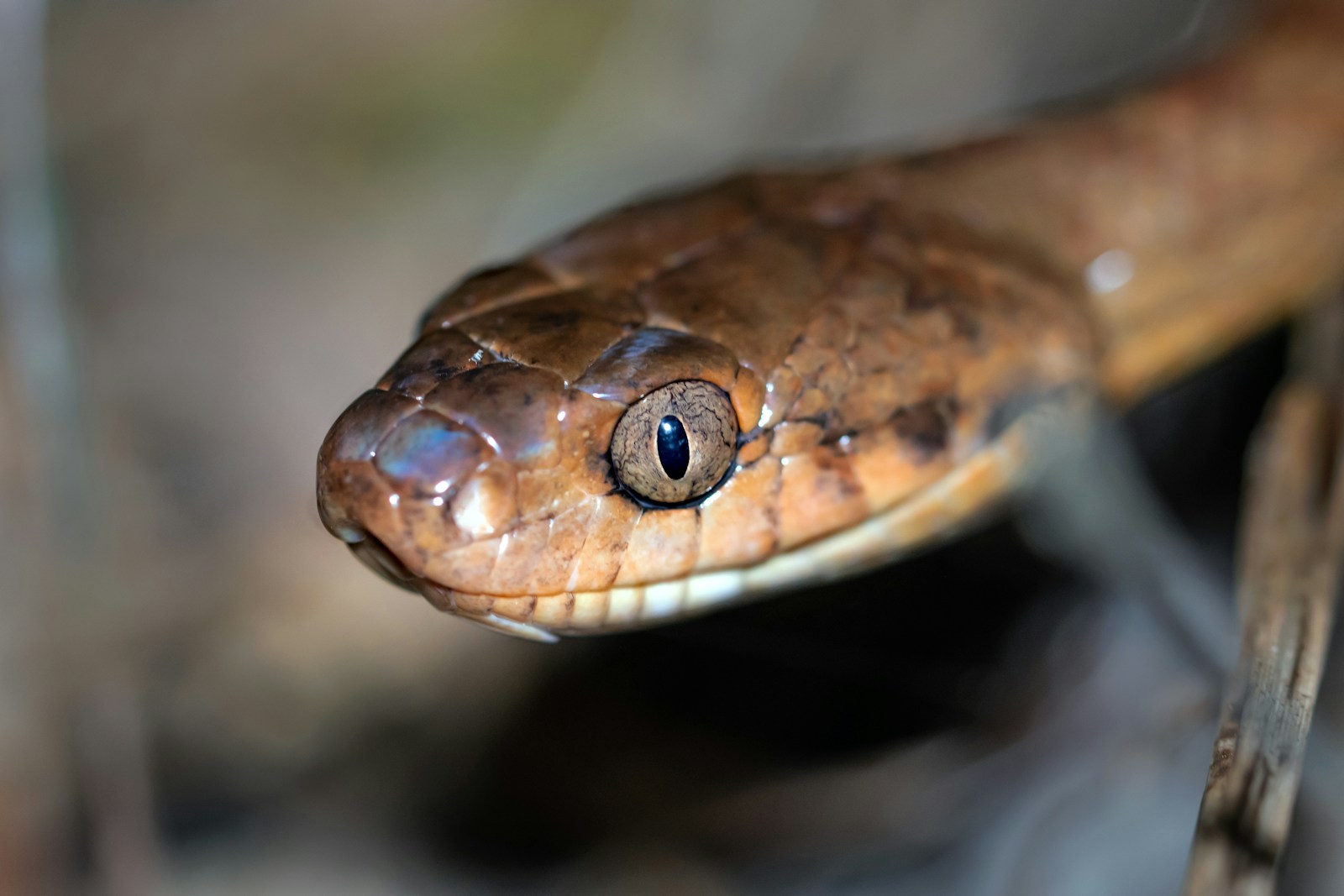
Proper hydration is crucial for successful shedding in snakes, and dehydration often manifests as shedding problems. A dehydrated snake may experience dysecdysis (difficult shedding) where the skin comes off in small, irregular patches rather than in one complete piece as is normal for most species. You might observe retained eye caps (spectacles) or sections of unshed skin stubbornly clinging to the body, particularly around the head, belly, or tail tip. These shedding difficulties occur because the skin lacks sufficient moisture to separate properly from the new skin layer beneath. Repeated shedding problems without other explanatory factors (like inappropriate humidity or environmental conditions) strongly suggest chronic dehydration that needs addressing.
Constipation and Abnormal Feces
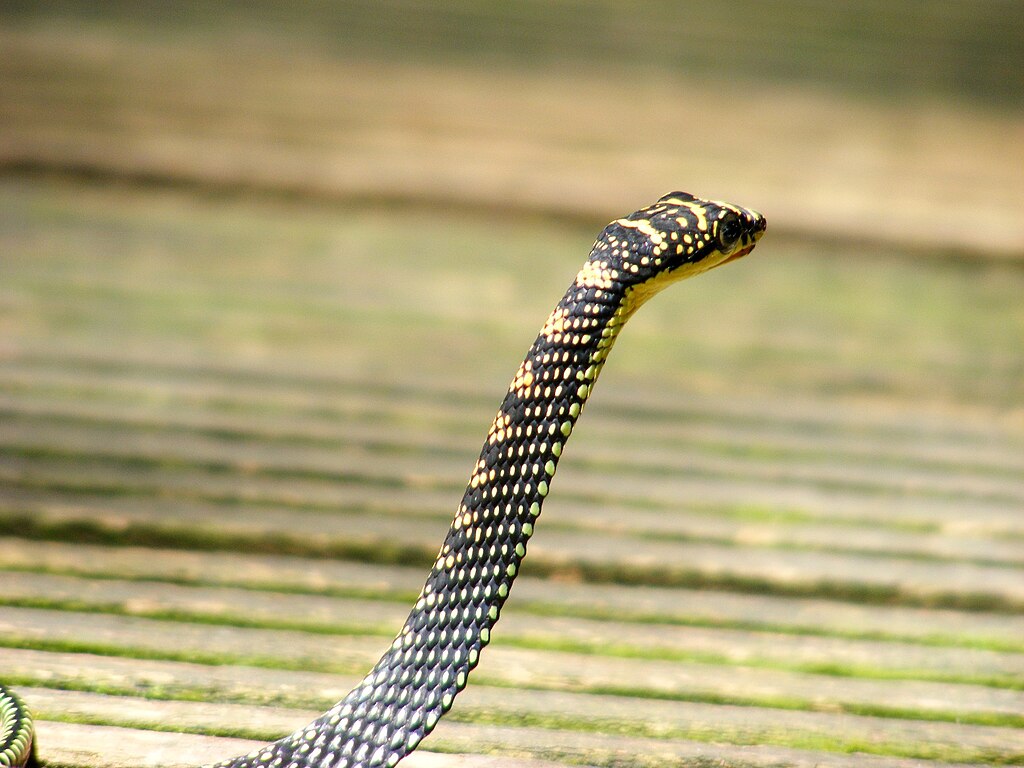
Dehydration significantly impacts a snake’s digestive system, often resulting in constipation or abnormal fecal matter. A properly hydrated snake produces relatively moist, well-formed feces with a small amount of white urates (the snake’s equivalent of urine). When dehydrated, you may notice your snake produces smaller, drier, and harder fecal pellets, or may not defecate at all for extended periods despite having eaten. The urates portion may appear excessively chalky or gritty rather than having a semi-soft consistency. These digestive changes occur because the body conserves water during dehydration, extracting more moisture from waste products before elimination. Chronic constipation not only indicates dehydration but can lead to impaction, a serious condition requiring veterinary treatment.
Decreased Tongue Flicking

Snakes use their tongues to collect sensory information about their environment, and a healthy snake regularly flicks its tongue when active or exploring. Dehydration can noticeably reduce the frequency and enthusiasm of tongue flicking, as the snake conserves energy and moisture. You might observe that your snake barely extends its tongue, or does so with less frequency and vigor than usual. Some dehydrated snakes may keep their mouths slightly open, with the tongue partially extended but motionless. This behavior change happens because tongue flicking exposes the moist surface of the tongue to air, potentially increasing water loss in an already dehydrated state, so the snake instinctively minimizes this activity to conserve precious fluids.
Weight Loss and Body Condition Changes

Chronic dehydration invariably leads to changes in a snake’s overall body condition and weight. Regular weighing of your snake can help detect subtle changes that might indicate developing dehydration before other symptoms become obvious. A dehydrated snake may show a rapid weight decrease that isn’t explained by recent fasting or defecation. Visually, the snake’s body may appear thinner, with the spine becoming more prominent and the cross-sectional shape changing from rounded to more triangular, particularly in severe cases. This occurs both because of direct water loss and because dehydration often coincides with decreased feeding, creating a compounded effect on body condition. Tracking your snake’s weight regularly can provide early warning of hydration issues before they become critical.
Mucous Membrane Changes

The mucous membranes in a snake’s mouth provide important clues about hydration status. A well-hydrated snake has pink, moist oral tissues that appear smooth and slightly glossy. When dehydration occurs, these membranes become visibly drier, losing their healthy sheen and taking on a tacky or sticky texture when gently touched. In more advanced dehydration, you might notice that the mucous membranes appear pale or whitish rather than having a healthy pink color. Checking your snake’s mouth requires careful handling and should only be done if you’re experienced and confident in safely opening a snake’s mouth, as improper technique can injure both you and the animal. If you’re unsure, this assessment is best left to a reptile veterinarian.
Respiratory Changes
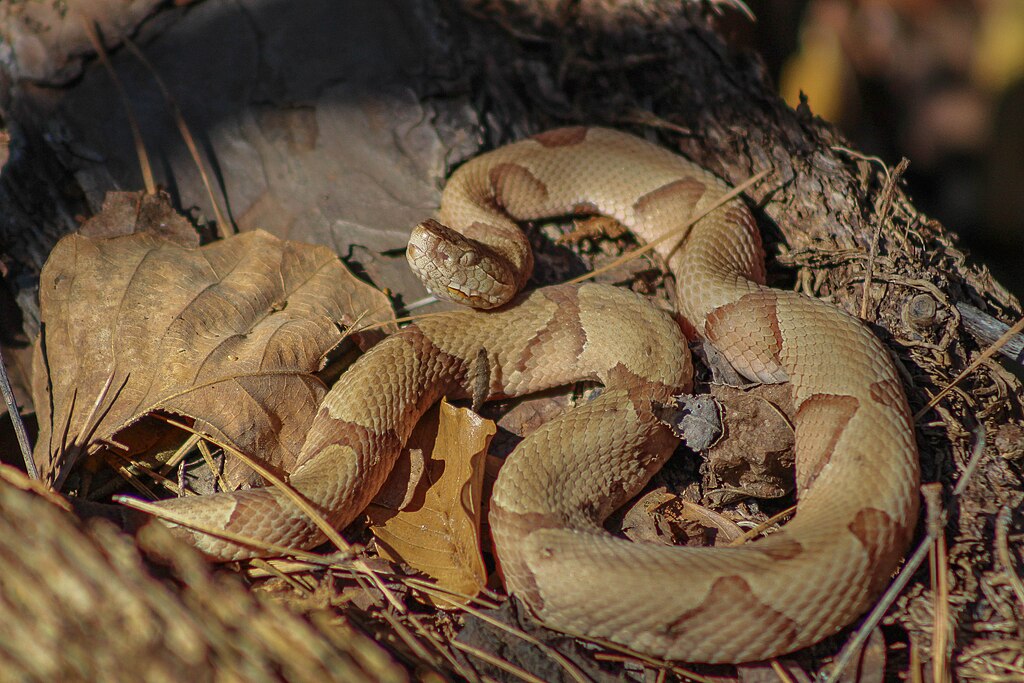
Dehydration can affect a snake’s respiratory system, leading to noticeable breathing changes. A dehydrated snake may display more labored breathing, sometimes with the mouth slightly open in what reptile keepers call “gaping.” You might observe the sides of the snake’s body moving more visibly with each breath, indicating increased respiratory effort. Some snakes may produce unusual respiratory sounds like wheezing or clicking, though these can also indicate respiratory infection (which may coexist with dehydration). These breathing changes occur because dehydration affects the mucous membranes throughout the respiratory tract, potentially making them sticky or irritated, and because overall weakness from dehydration can make the physical act of breathing more difficult.
Behavioral Changes Around Water
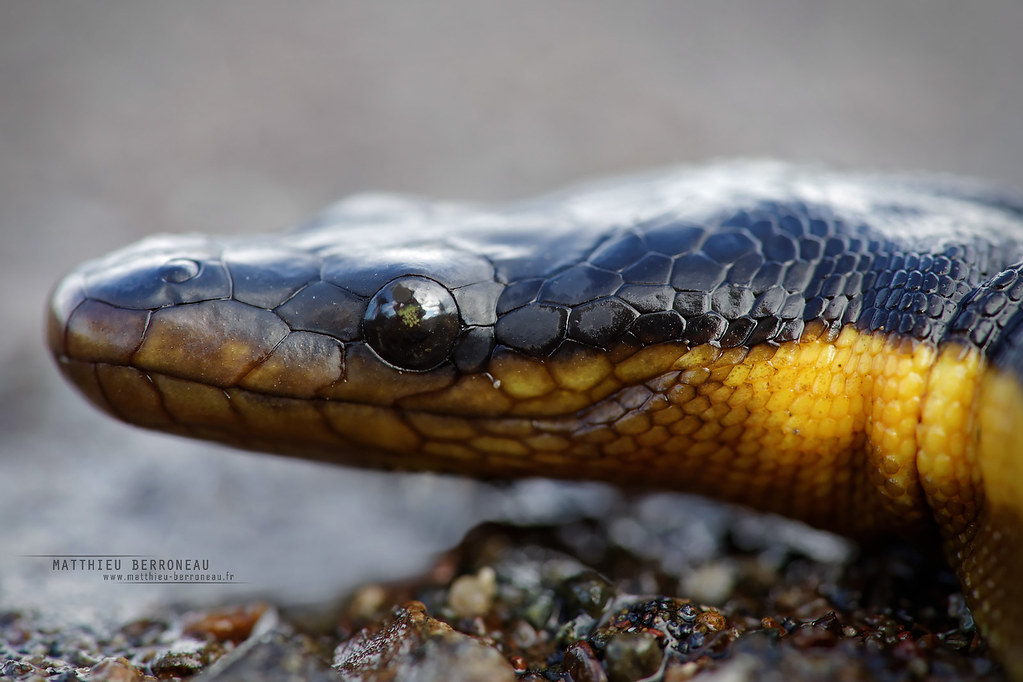
A dehydrated snake often shows telling behavioral changes when presented with water. When severely dehydrated, many snakes will immediately enter a water dish when provided and may spend unusually long periods soaking – sometimes for hours or even days. Some dehydrated snakes will drink enthusiastically and visibly when fresh water is offered, a behavior that’s relatively uncommon to observe in well-hydrated specimens. In contrast, some very severely dehydrated snakes may paradoxically seem uninterested in water despite needing it desperately, as their compromised condition affects normal behavioral responses. These water-seeking or drinking behaviors are particularly significant because they represent the snake’s natural attempt to correct its hydration imbalance and should be supported by ensuring constant access to clean, fresh water.
Species-Specific Considerations
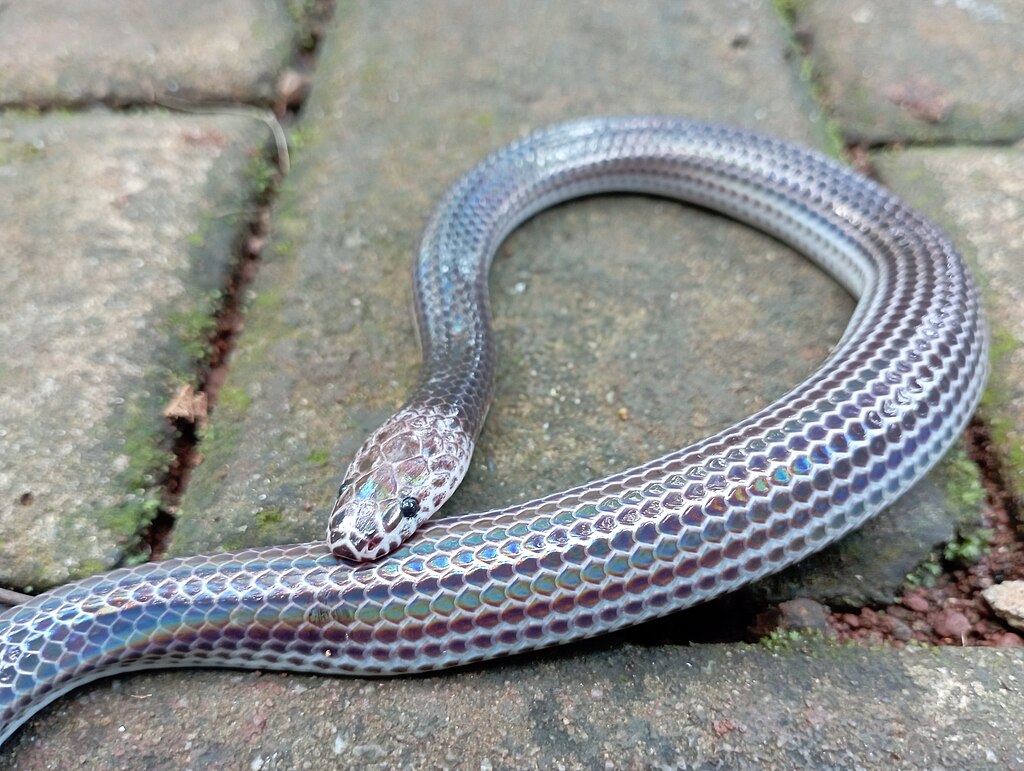
Different snake species display varying degrees of dehydration symptoms based on their natural habitat and evolutionary adaptations. Desert-dwelling species like sand boas or certain rattlesnakes may show less obvious external signs of dehydration initially, as they’re adapted to conserve water more efficiently than tropical species. Arboreal species such as green tree pythons or emerald tree boas often show dehydration symptoms more quickly and severely, as they’re adapted to environments with regular rainfall and high humidity. Aquatic and semi-aquatic species like water snakes or anacondas may display dramatic behavioral changes when dehydrated, becoming unusually desperate to soak when water is offered. Understanding your specific snake’s natural history and hydration needs provides crucial context for interpreting potential dehydration symptoms accurately in that particular species.
Emergency Response to Severe Dehydration
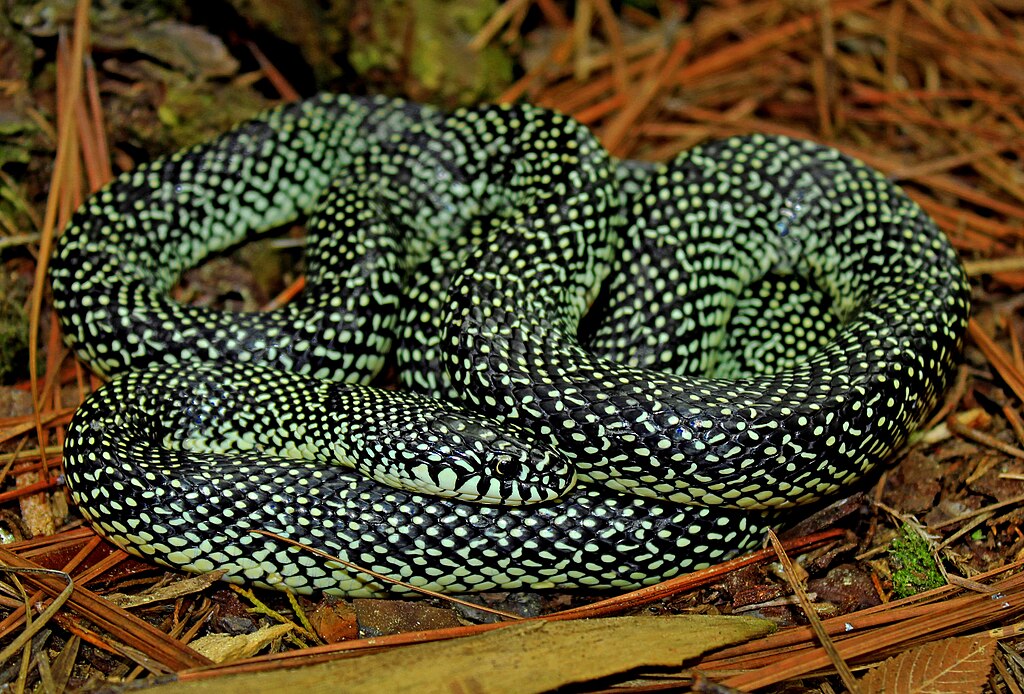
Severe dehydration constitutes a genuine medical emergency requiring immediate action. If your snake displays multiple severe dehydration symptoms – particularly if combined with unresponsiveness or weakness – you should contact a reptile veterinarian immediately while beginning gentle rehydration efforts. For emergency rehydration, place the snake in a shallow container with lukewarm water that only covers the bottom third of the snake’s body, ensuring the head remains above water. Adding an electrolyte solution specifically formulated for reptiles (available at specialty pet stores) to the water at a 50% dilution can help restore critical electrolyte balance along with hydration. Never force-feed water to a snake as this can cause aspiration pneumonia, a potentially fatal condition. Remember that while emergency measures can stabilize a severely dehydrated snake temporarily, professional veterinary care remains essential for addressing the underlying causes and ensuring complete recovery.
Dehydration in snakes can range from a mild, easily correctable condition to a life-threatening emergency, depending on its severity and duration. By familiarizing yourself with the various signs described in this guide, you’ll be better equipped to recognize hydration problems early, when intervention is most effective. Remember that prevention remains the best approach—maintaining appropriate humidity levels, providing constant access to fresh water, and creating species-appropriate environments significantly reduces dehydration risks. Regular observation of your snake’s physical condition and behavior establishes a personal baseline that makes changes more noticeable. When in doubt about your snake’s hydration status, consulting with a reptile veterinarian provides the most reliable assessment and treatment recommendations, ensuring your scaly companion remains healthy and well-hydrated throughout its life.

